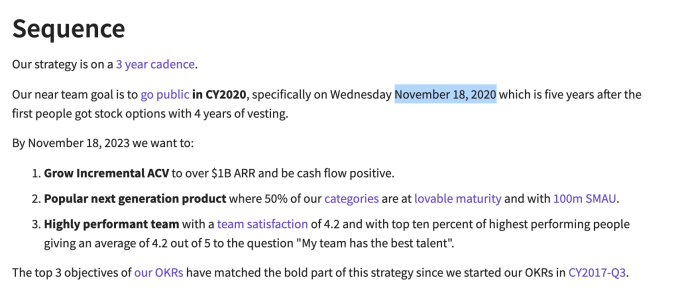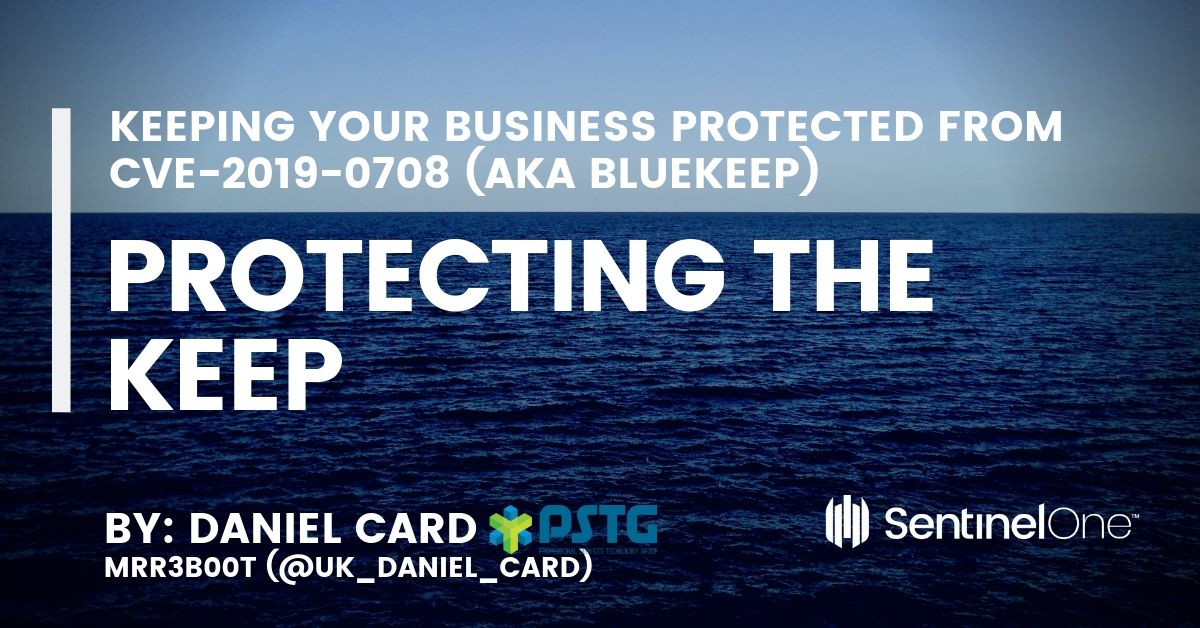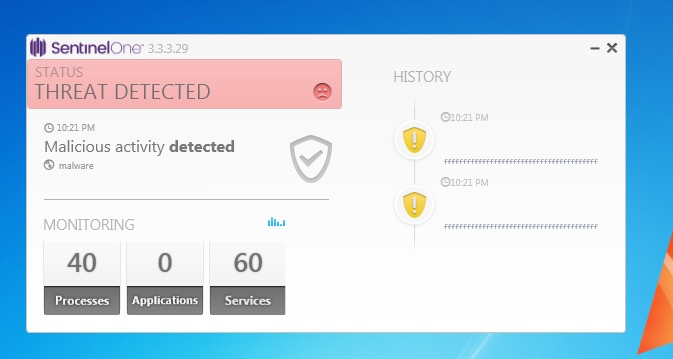LinkedIn, the social networking service for the working world, is today taking the wraps off its latest effort to provide its users with better tools for presenting their professional selves, and to make the process of recruitment on the platform more effective. It will now offer a new feature called Skills Assessments: short, multiple-choice tests that users can take to verify their knowledge in areas like computer languages, software packages and other work-related skills.
The feature is being rolled out globally today. However, while offering the skills assessments as part of an earlier, limited beta, LinkedIn tells us that 2 million tests were taken and applied across the platform. That’s a sign of how the full service might well be a very popular, and needed, feature.
First up are English-language tests covering some 75 different skills, all free to take, but the plan, according to Emrecan Dogan, the group product manager in its talent solutions division, is to “ramp that up agressively” in the near future, both adding in different languages and more test areas.
(Side note: Dogan joined LinkedIn when his company ScoreBeyond was quietly acquired by LinkedIn last year. ScoreBeyond was an online testing service to help students prep for college entrance exams. Given LinkedIn’s efforts to get closer to younger users — again, in part because of competitive pressure — I suspect that is one area where LinkedIn will likely want to expand this assessment tool longer term, if it takes off.)
The skills assessment tool is coming at an important moment for LinkedIn.
The Microsoft-owned company now has nearly 650 million people around the world using its social networking tools to connect with each other for professional purposes, most often to network, talk about work, or find work.
That makes for a fascinating and lucrative economy of scale when it comes to rolling out its products. But it comes with a major drawback, too: the bigger the platform gets, the harder it is to track and verify details about each and every individual on it. The skills assessment becomes one way of at least being able to verify certain people’s skills in specific areas, and for that information to start feeding into other channels and products on the platform.
It’s also a critical competitive move. The company is by far the biggest platform of its kind on the internet today, but smaller rivals are building interesting products to chip away at that lead in specific areas. Triplebyte, for example, has created a platform for those looking to hire engineers, and engineers looking for new roles, to connect by way of the engineers — yes — taking online tests to measure their skills and match them up with compatible job opportunities. Triplebyte is focused on just one field — software engineering — but the template is a disruptive one that, if replicated in other verticals, could slowly start to chip away at LinkedIn’s hegemony.
Other larger platforms also continue to look at ways that they might leverage their own social graphs to provide work-related networking services. Facebook, for example, had incorporated e-learning into its own efforts in professional development, laying the groundwork for other kinds of interactive training and assessment.
This is not the first time that LinkedIn has tinkered with the idea of offering tests to help ascertain the level of users’ skills on its platform, although the information was used for different ends. In India, several years ago the company started to incorporate tests on its platform to help suggest jobs to users. Nor is it the first time that the company has worked on ways to improve its skills and endorsement profile to make them more useful.
Testing on actual skills is just one area where verification has fallen short on LinkedIn. Another big trend in recruitment is the push for more diverse workforces. The thinking is that traditionally too many of the parameters that have been used up to now to assess people — what college was attended, or where people have worked already — have been essentially cutting many already-disenfranchised groups out of the process.
Given that LinkedIn currently has no way of ascertaining when people on its platform are from minority backgrounds, a skills assessment — and especially a good result on one — might potentially help tip the balance in favor of meritrocracy (if not proactive diversity focused hiring as such).
For regular users, the option to take skills assessments and add them to your profile will appear for users as a button in the skills and endorsements area of their profiles.
Users take short tests — currently only multiple choice — which Dogan says are created by professionals who are subject area experts that already work with LinkedIn, for example to write content for LinkedIn learning.
Indeed, in November last year, the company expanded LinkedIn Learning to include content from third-party providers and Q&A interactivity so there is a trove of work already there that might be repurposed as part of this new effort.
These tests measure your knowledge in specific areas, and if you pass, you are given a badge that you can apply to your profile page, and potentially broadcast out to those who are looking for people with the skills you’ve just verified you have. (This is presuming that you are not cheating and having someone else take the test for you, or taking it while looking up answers elsewhere.) You can opt out of sharing the information anywhere else, if you choose.
If you fail, you have three months to wait before taking it again, and in the meantime LinkedIn will use the moment to upsell you on its other content: you get offered LinkedIn Learning tests to improve your skills.
For those who pass, they will need to retake tests every year to keep their badges and credentials.
On the side of recruiters, they are able to use the data that gets amassed through the tests as a way of better filtering out users when sourcing candidate pools for job openings. This is a huge issue on a platform like LinkedIn: while having a large group of people on there is a boost for finding matches, in fact there can be too many, and too much of a challenge and time suck to figure out who is genuinely suitable for a particular role.
There is another angle where the skills are being used to help LinkedIn monetise: those who are putting in ads for jobs can now buy ads that are targeted specifically to people with certain skills that have been verified through assessments.
There are still some shortfalls in the skills assessment tool as it exists now. For example, coding tests are all multiple choice, but that’s not how many coding environments work these days. (Triplebyte for example offers collaborative assessments.) And of course, skills is just one aspect of how people might fit into a particular working environment. (Currently there are no plans to bring in psychometric or similar assessments, Dogan said.) This is an interesting start, however, and worth testing the waters as more interesting variations in recruitment and connecting professionals online continue to proliferate.

![]()












